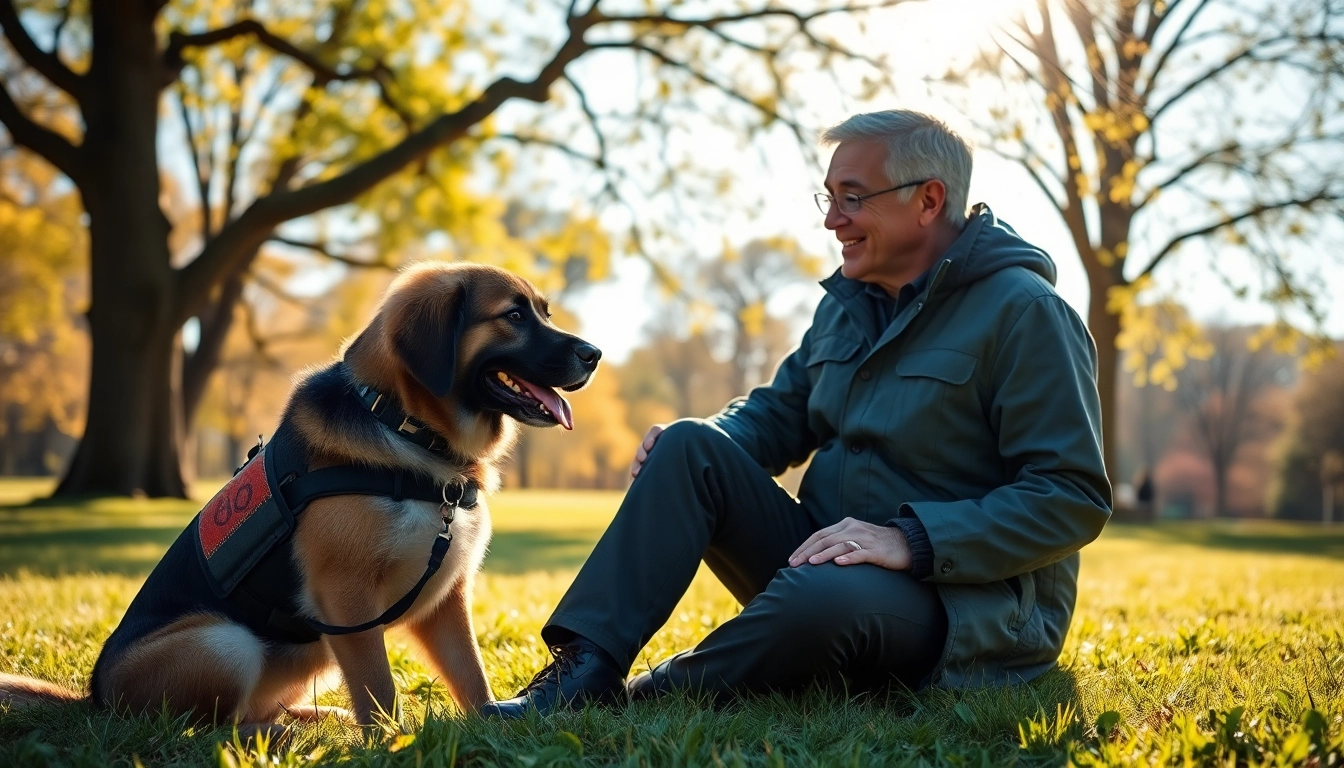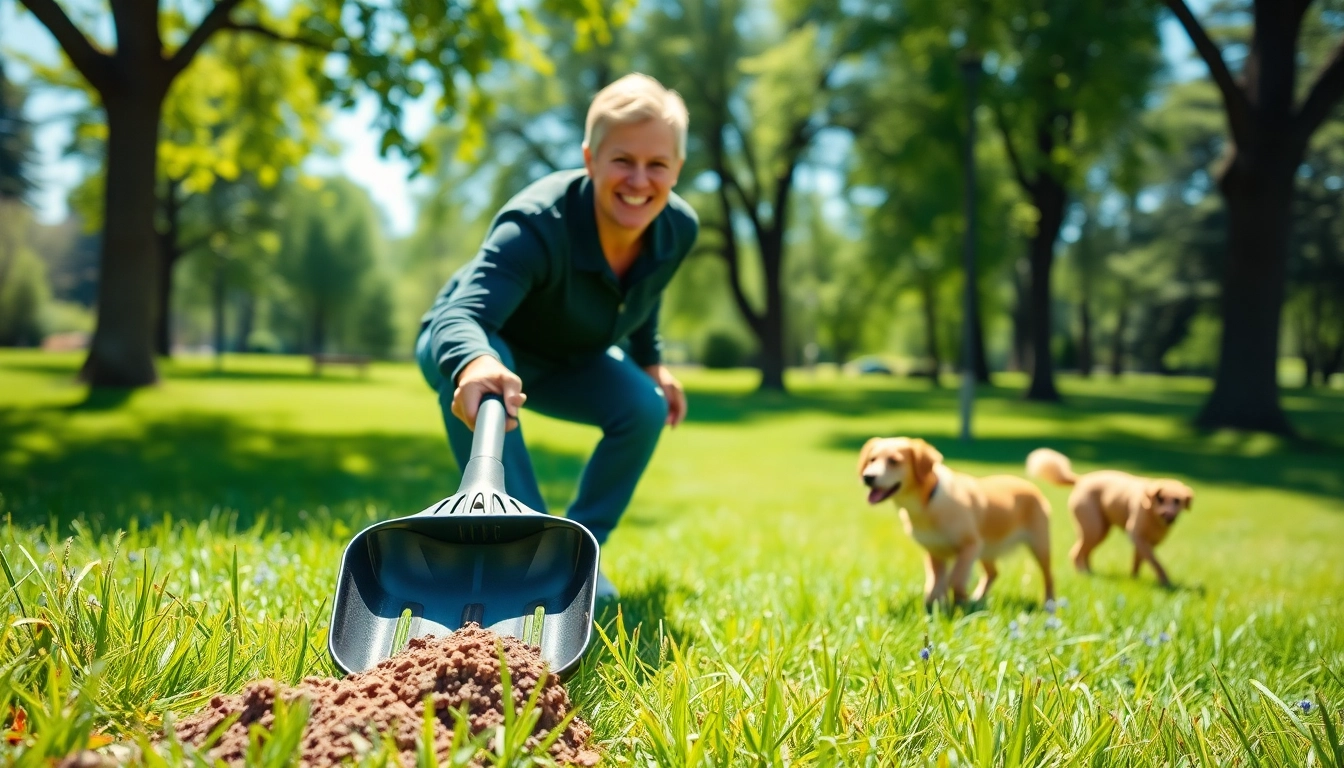Understanding the Importance of Service Dogs
Service dogs are remarkable companions that have been trained specifically to assist individuals with disabilities, providing physical, emotional, and psychological support. With their unique skills, service dogs enhance the quality of life for their handlers, allowing them to navigate daily challenges with greater ease. If you’re considering this life-changing decision, understanding the full scope of service dogs is paramount. By doing your research and gaining insights into available options, you will be better equipped to buy a service dog that fits your unique needs.
What is a Service Dog?
A service dog is a specially trained canine that performs tasks for people with disabilities. Unlike emotional support animals or therapy dogs, service dogs are legally recognized and are permitted to accompany their handlers in public spaces. They assist with a variety of tasks such as guiding individuals who are visually impaired, alerting to sounds for the hearing impaired, pulling wheelchairs, and even providing medical alerts for conditions such as seizures or hypoglycemia. The Americans with Disabilities Act (ADA) outlines specific definitions and rights regarding service dogs, reinforcing their essential roles as working companions.
The Role of Service Dogs in Daily Life
The presence of a service dog can have profound effects on the handler’s daily life. Beyond offering functional support by performing tasks, service dogs also provide emotional comfort and companionship. For individuals grappling with anxiety or PTSD, a service dog can create a sense of safety and stability, thereby mitigating the effects of their conditions. Their ability to sense emotional distress and respond appropriately further underscores the critical role they play in enhancing the overall well-being and independence of their handlers.
Identifying Your Needs Before You Buy a Service Dog
Before embarking on the journey to buy a service dog, it’s crucial to assess your specific needs. Consider whether you require assistance with physical tasks, emotional support, or both. It helps to reflect on the daily challenges you encounter and how a service dog might assist you. Consult with healthcare professionals to establish clear requirements, and consider additional factors such as lifestyle, living conditions, and the level of commitment you can provide to your new companion. By taking these steps, you’ll be positioned to make an informed decision that aligns with your particular situation.
Steps to Buy a Service Dog
Researching Reputable Service Dog Providers
The first step in the purchasing process involves thorough research on various service dog providers. Look for organizations accredited by reputable bodies such as Assistance Dogs International (ADI). Read reviews, seek testimonials from past clients, and ensure that the organization employs ethical breeding and training practices.
Moreover, inquire about the types of training provided, as well as the qualifications of trainers involved. A trustworthy organization will readily provide information on how dogs are selected, trained, and matched to prospective handlers. This level of transparency is essential to ensure a successful partnership.
Understanding the Financial Investment Required
Acquiring a service dog often requires a significant financial commitment. The costs can vary widely, with expenses ranging from several thousand dollars to upwards of $30,000, depending on the level of training and services provided. In addition to the initial purchase price, potential owners should consider recurring expenses such as veterinary care, food, grooming, and ongoing training.
Many organizations offer financing options or can guide you through the process of seeking grants and fundraising avenues to help ease the financial burden. Understanding the full financial implications is essential to ensure long-term support for both the handler and the service dog.
Preparing Your Home for a New Service Dog
Before welcoming a service dog into your home, it’s important to prepare your environment. This involves ensuring that living spaces are safe and accessible, which might include removing hazardous items, securing trash cans, and designating areas for the dog’s food, water, and resting place. Training exercises can also be beneficial, helping to establish house rules and routines that will assist in the dog’s acclimatization.
Additionally, consider any modifications that may be necessary to accommodate the service dog’s specific needs. For instance, if the dog will be assisting with mobility, ensuring that hallways and staircases are clear and accessible will be crucial.
The Training Process for Service Dogs
Choosing the Right Training Program
The type of training program chosen has significant implications for the effectiveness of the service dog. Programs may range from in-home training sessions to comprehensive programs offered by established organizations. The best option varies depending on the handler’s specific needs, the dog’s abilities, and whether the training is task-specific or includes socialization elements.
Regardless of the chosen program, ensure it adheres to ethical training practices that promote positive reinforcement methods. Well-trained service dogs not only complete tasks but also exhibit desirable behavioral traits in social settings, enhancing the bond with their handlers.
Incorporating Handler Training
It’s crucial for service dog handlers to receive training alongside their dogs. Learning how to effectively communicate with and manage the service dog can reinforce the partnership and ensure a smooth working relationship. Handler training programs typically cover commands, handling equipment, and practical ways to address challenging situations.
This training is essential for fostering confidence in both the handler and the dog, creating a harmonious dynamic that promotes understanding and teamwork. Ongoing collaboration during training will help establish routines and behaviors that benefit both parties as they adapt to each other’s styles and rhythms.
Ongoing Support and Training for You and Your Dog
After the initial training, ongoing support proves invaluable in optimizing the service dog-handler relationship. Regular follow-up sessions can reinforce learned skills and help adapt to new challenges as they arise. This ongoing education is crucial, as life circumstances can shift, requiring new tasks or considerations for the service dog to learn.
Additionally, engaging with communities of other service dog handlers can provide support and shared experiences. These interactions can enhance understanding and offer practical advice that addresses common challenges faced in daily life with a service dog.
Legal Considerations and Certifications
Understanding Service Dog Laws
Familiarizing yourself with service dog laws is essential for maintaining your rights and privileges as a handler. In the United States, the ADA specifies that service dogs must be allowed in public places, including businesses, schools, and transportation. However, the regulations can vary by state and organization, which makes it important to stay informed about local laws.
While service dogs have distinct rights, remember that emotional support animals do not have the same legal protections and access rights under the ADA. Understanding these distinctions helps ensure proper usage of service dogs in public environments.
Required Documentation for Your Service Dog
Although the ADA does not require service dogs to wear vests or carry identification, it may be beneficial to equip your dog with visible cues and documentation. This can include a service dog ID card, certifications for training, and authorizations describing the specific tasks the dog performs for the handler.
While not mandatory, having this information on hand can help clarify any misunderstandings while in public or in the presence of businesses or agencies that might challenge your dog’s status. Being prepared with this information will support your rights and ease interactions with the public.
Common Misconceptions About Service Dogs
Numerous myths surround service dogs, often creating confusion about their capabilities and rights. One common misconception is that service dogs are akin to therapy or emotional support animals, which they are not. Service dogs are specifically trained to perform tasks that directly assist individuals with disabilities, whereas emotional support animals provide comfort but do not have specialized training.
Another frequent misunderstanding is regarding public access rights. All service dogs have the right to accompany their handlers in any public space, but this does not apply to emotional support animals or untrained pets. Educating yourself and others about the important distinctions can foster a greater understanding and respect for the role of service dogs.
Post-Purchase: Ensuring a Successful Partnership
Building a Strong Bond with Your Service Dog
After the purchase and training, focusing on relationship building with your service dog is vital for effective teamwork. Spending quality time together through play, training exercises, and leisurely activities strengthens the bond, fostering trust between the handler and the dog. Being attentive to the dog’s needs and employing positive reinforcement techniques can greatly enhance this relationship.
Engaging in activities that you both enjoy can lead to a more fulfilling partnership where both the handler and dog can thrive. The emotional connection established will invariably enrich your experience together, resulting in a partner who is both a service animal and a beloved companion.
Daily Care and Health Considerations
The responsibility of service dogs involves more than just the immediate tasks they perform. Daily care, including proper nutrition, regular exercise, grooming, and veterinary check-ups, is crucial for maintaining the dog’s health and well-being. Regular exercise can help keep your service dog physically fit, which supports their working capability and overall happiness.
Pay close attention to any behavioral changes, as these might signal health issues requiring a veterinarian’s attention. Just like in humans, early detection is key to effective treatment.
Resources for Ongoing Support and Community Engagement
Finding community support resources can be an invaluable aspect of your journey as a service dog handler. Online communities, local support groups, and social media platforms dedicated to service dog handling foster connections and sharing of experiences among individuals with similar challenges.
In addition, attending workshops and seminars on service dog training and care nurtures ongoing education, allowing you to stay updated with the latest techniques and practices. Remember, the journey with your service dog is an evolving process – one that thrives on knowledge, support, and understanding.



